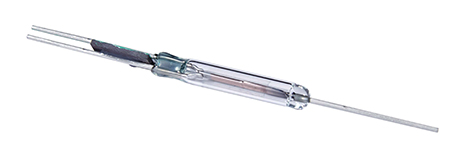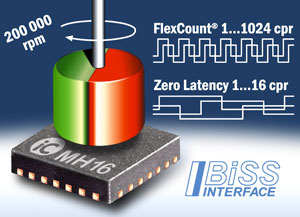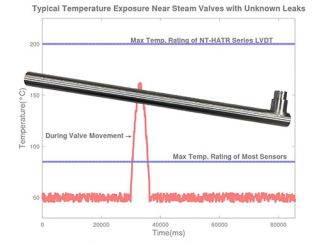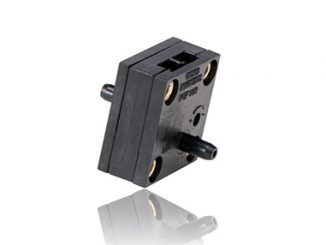
As businesses worldwide respond to the spread of Coronavirus (COVID-19), one of the first actions most companies take is to encourage employees to work from home. Employees everywhere are pivoting from their traditional office work stations, to setting up shop at home with their laptops.
Whether at home or office, when 5 o’clock rolls around it’s time to call it a day. Desktop computer users, usually trigger a quick shutdown process that involves a few clocks of the mouse. In contrast, those using laptops can simply close the device without having to power down. Have you ever wondered what allows laptops to do this? With reed switches.
Many laptops and phones use an inexpensive and very reliable device called a reed switch that turns on or off when a magnet is nearby. A reed switch works as a detector and aids to facilitate specific actions. Imagine a finger pushing on the doorbell outside someone’s house. This “push-to-make” switch makes a connection and completes a circuit when you push it in, then a spring makes it pop back out again when you take your finger away. A reed switch triggers a current in the same way, but a magnet provides the “pushing pressure” instead of your finger.

A reed switch is like a drawbridge in an electric circuit. When the switch is closed, the “bridge” is down, and electric current can flow around the circuit. When the switch opens, the “bridge” is up and no current flows. So, the purpose of a switch is to activate or deactivate a circuit at a time of our choosing.
In laptops, and in other devices like flip phones and e-readers, you can easily see how a device switches on and off when you open or close it. Some flip-style laptops are switched on and off by magnetic reed switches. These devices house a closed reed switch in the lower part of its body (where the keypad is) and a magnet in the upper part (where the screen is) so when the laptop is open, the reed switch and the magnet are relatively far apart and power flows through the device. When you close the laptop, you swing the magnet close to the reed switch and that pushes apart the contacts inside the switch. A circuit inside the laptop senses this and switches off the power in an orderly way.
Ebook readers, such as Kindles and Sony Readers, use a similar trick. When you fit them inside a protective leather jacket, you’ll find they switch off automatically when you close the cover and switch on again when you open it up. It’s not magic, it’s a reed switch. There’s simply a reed switch in the corner of the ebook device and a magnet in the corresponding part of the cover.
For a fun, little home experiment, you can test the reed switch in the corner of the ebook device and the magnet in the corresponding part of the cover by holding a paperclip nearby.
HSI Sensing is an industry expert in solving problems for customers in challenging reed switch design applications. HSI Sensing also provides precision manufacturing solutions to customers who demand consistent, unmatched quality.
HSI Sensing, based in Chickasa OK, is a developer and manufacturer of reed switches and proximity sensors.
For more info, see: www.hsisensing.com/



